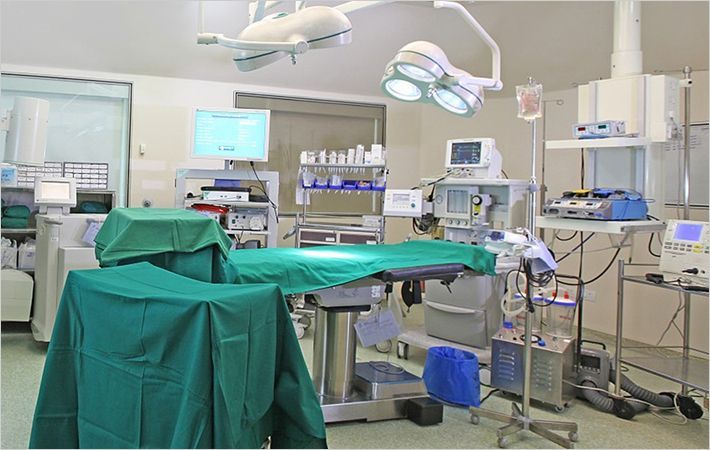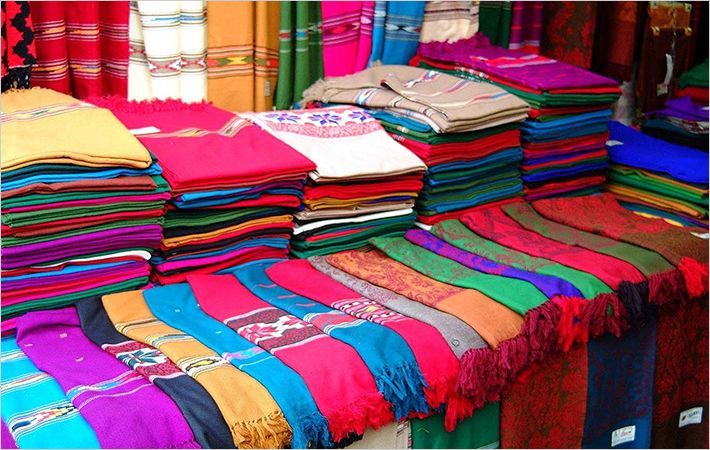Worldwide shipments of wearable devices are expected to reach 101.9 million units by the end of 2016, representing 29 per cent growth over 2015 with clothing items set to increase their footprints. According to the International Data Corporation (IDC) Worldwide Quarterly Wearable Device Tracker, the market for wearable devices will experience a compound annual growth rate (CAGR) of 20.3 per cent, culminating in 213.6 million units shipped in 2020.
"Unlike the smartphone, which consolidated multiple technologies into one device, the wearables market is a collection of disparate devices," said Jitesh Ubrani, senior research analyst for IDC Mobile Device Trackers. "Watches and bands are and always will be popular, but the market will clearly benefit from the emergence of additional form factors, like clothing and eyewear, that will deliver new capabilities and experiences. Eyewear has a clear focus on the enterprise as it stands to complement or replace existing computing devices, particularly for workers in the field or on the factory floor. Meanwhile, clothing will take aim at the consumer, offering the ability to capture new forms of descriptive and prescriptive data."Worldwide shipments of wearable devices are expected to reach 101.9 million units by the end of 2016, representing 29 per cent growth over 2015 with clothing items set to increase their footprints. According to the International Data Corporation (IDC) Worldwide Quarterly Wearable Device Tracker, the market for wearable devices will experience#
According to IDC, traditional fashion and fitness brands are quickly partnering up with tech companies to deliver smarter clothing, bringing some much needed attention to this nascent segment. Even conventional tech companies like Lenovo and Samsung are beginning to dabble in this space, revealing prototypes of shoes or belts. The category stands to capture 7.3 per cent of the market by 2020 as consumers and athletes integrate fashion-tech into their daily lives, IDC said.
Two other factors driving the wearables market forward are cellular connectivity and applications.
"Cellular connectivity essentially frees the wearable from being tethered to a smartphone," said Ramon T. Llamas, research manager for IDC's Wearables programme. "The immediate use case will be to make telephone calls, but it goes well beyond that. Cellular connectivity on a wearable can transmit and receive data, including time, location, and other data about a user and his or her surroundings. Imagine what that means when tracking steps, analyzing patient activity, or shopping: the information can be shared immediately with a second or third party, and the user can, in turn, receive context appropriate information back.
"The trajectory of the wearables market signals a strong opportunity for developers," Llamas continued. "Applications increase the value and utility of a wearable, and users want to see more than just their health and fitness results. News, weather, sports, social media, and Internet of Things (IoT) applications will all have a place on a wearable. And, when combined with cellular connectivity, users will not have to take out their smartphones to get the latest information. All they will need to do is glance at their wearable." (SH)
Fibre2Fashion News Desk – India

